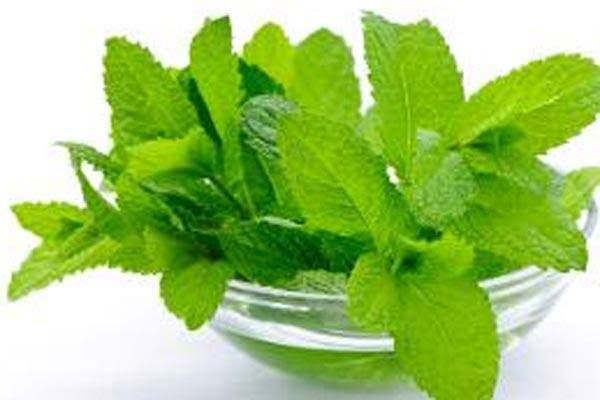
Bismillahir Rahmanir Raheem.
Assalamu Alaikum Wa Rahmatullahi Wa Barakatuhu.
Dear fellow friends, I hope you are all well, I am also well and healthy by the grace of Allah through your prayers. Welcome and congratulations to all of you in today's post.
Growing Mint: Climate and Soil Conditions
Mint (Mentha spp.), a perennial herb, is known for its robust growth and adaptability to various climates and soils. However, to cultivate mint successfully, specific conditions are optimal.
Climate:
Mint thrives in temperate climates with moderate temperatures, ideally between 55°F and 70°F (13°C to 21°C). It can grow in both full sun and partial shade, although it prefers partial shade in hotter climates to prevent scorching. Mint is quite hardy and can withstand frost, making it suitable for growing in USDA zones 3-11. However, extreme cold or hot conditions can hinder its growth.
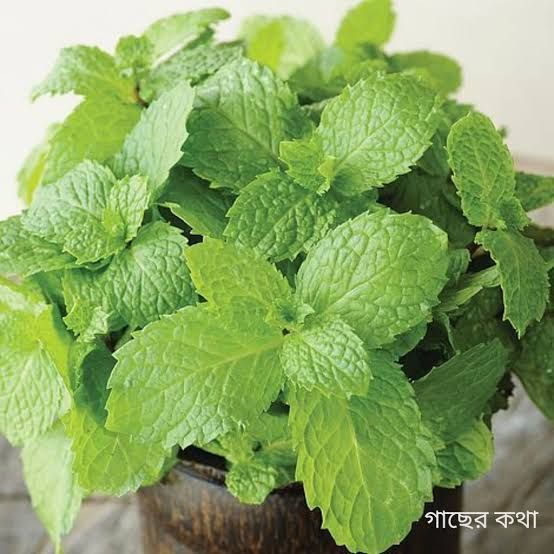
source
Soil:
Mint prefers rich, well-drained soil with a pH range of 6.0 to 7.0. It thrives in loamy soil that retains moisture but doesn't become waterlogged. Good soil fertility, enriched with organic matter, promotes lush foliage growth. Mint's extensive root system requires space to spread, so it's often grown in containers or areas where it won't compete aggressively with other plants.
Medicinal Properties of Mint
Mint has been used for centuries in traditional medicine due to its diverse range of health benefits. Its medicinal properties are largely attributed to its high content of essential oils, particularly menthol, menthone, and limonene.
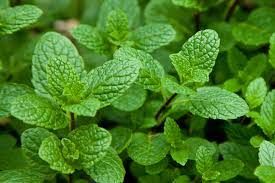
source
Anti-inflammatory and Analgesic Effects:
Mint has potent anti-inflammatory and analgesic properties. Menthol, a key component of mint, acts as a natural pain reliever and anti-inflammatory agent. It is commonly used in topical applications for muscle pain, headaches, and minor injuries.
Digestive Health:
Mint is renowned for its positive effects on digestive health. It stimulates bile production, which aids in digestion and alleviates symptoms of indigestion, bloating, and gas. Peppermint tea is often consumed to relieve stomach discomfort and irritable bowel syndrome (IBS) symptoms.
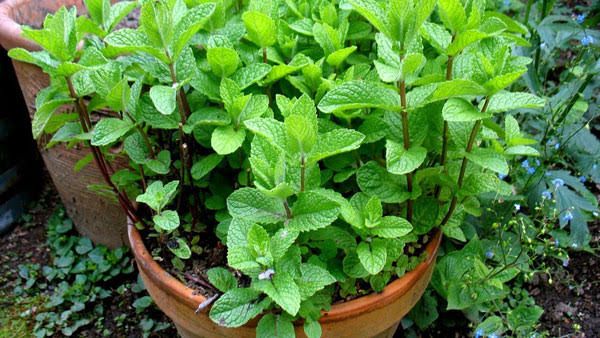
source
Respiratory Health:
The menthol in mint provides a cooling sensation and acts as a decongestant, making it effective in treating respiratory issues. Mint is used in various forms, such as teas, inhalants, and topical applications, to relieve symptoms of colds, asthma, and other respiratory conditions.
Antimicrobial Properties:
Mint exhibits strong antimicrobial properties, which help combat bacterial, viral, and fungal infections. Its essential oils are used in mouthwashes and toothpastes to reduce oral bacteria and prevent dental issues such as bad breath and gum disease.
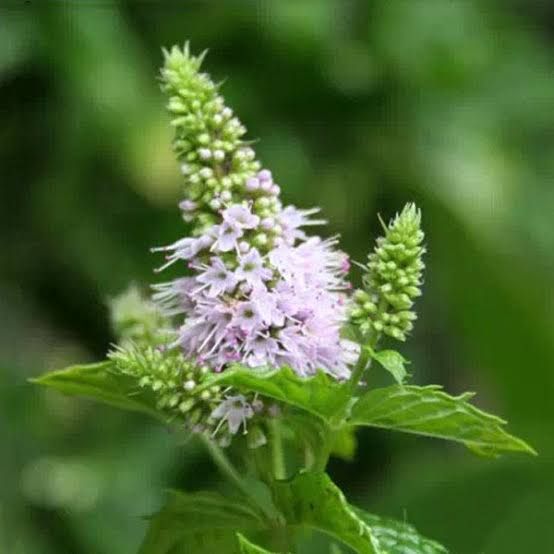
source
Cognitive Benefits:
The aroma of mint is known to enhance cognitive functions, including memory and alertness. Inhaling mint essential oil or consuming mint tea can improve focus and reduce mental fatigue.
Diseases Treated with Mint
Mint is used to alleviate a variety of ailments, leveraging its diverse medicinal properties.
Irritable Bowel Syndrome (IBS):
Peppermint oil is a common remedy for IBS due to its ability to relax the muscles of the gastrointestinal tract, reducing spasms and pain. Enteric-coated peppermint oil capsules are often recommended to ensure the oil reaches the intestines without being broken down by stomach acid.
Common Cold and Flu:
Mint, particularly in the form of peppermint tea or inhaled as steam, helps to clear nasal congestion and soothe sore throats. Its antiviral properties can also help shorten the duration of colds and flu.
Headaches and Migraines:
Applying diluted peppermint oil to the temples and forehead can relieve tension headaches and migraines. The cooling effect of menthol helps to reduce the pain and relax the muscles.
Skin Conditions:
Mint is used topically to treat various skin conditions, including itching, rashes, and insect bites. Its anti-inflammatory and cooling properties provide relief and promote healing.
Oral Health:
Mint’s antibacterial properties make it effective in treating bad breath (halitosis) and preventing gum disease. Chewing fresh mint leaves or using mint-based mouthwash can improve oral hygiene.
Uses of Mint in Medicine
Mint is utilized in various forms for its medicinal benefits, each tailored to specific needs.
Tea:
Mint tea is a popular way to consume mint for its digestive and respiratory benefits. It can be made by steeping fresh or dried mint leaves in hot water. Peppermint and spearmint are commonly used for this purpose.
Essential Oil:
Mint essential oil, particularly peppermint oil, is used for aromatherapy, topical applications, and oral consumption (with proper dilution). It is effective for headaches, muscle pain, respiratory issues, and digestive problems.
Capsules:
Peppermint oil capsules, often enteric-coated, are used to treat IBS and other digestive issues. The coating ensures the oil is released in the intestines, where it can provide maximum benefit.
Topical Applications:
Mint-infused balms, creams, and ointments are applied to the skin for pain relief, inflammation, and cooling effects. These products are used for headaches, muscle aches, and skin irritations.
Inhalation:
Inhaling steam infused with mint essential oil helps to clear nasal passages and alleviate respiratory symptoms. This method is particularly effective for colds and asthma.
Chewing Leaves:
Chewing fresh mint leaves is a simple way to benefit from its antimicrobial properties, aiding in oral health and digestion. It also provides a refreshing breath.
source
Mint is a versatile herb with a rich history of medicinal use. Its ability to grow in diverse climates and soil types makes it accessible for cultivation in many regions. The medicinal properties of mint, particularly its anti-inflammatory, analgesic, digestive, respiratory, antimicrobial, and cognitive benefits, make it a valuable addition to natural medicine. Used in various forms such as tea, essential oil, capsules, topical applications, and fresh leaves, mint provides a range of health benefits, addressing ailments from digestive issues to respiratory conditions and headaches. Incorporating mint into daily routines, whether through consumption or topical use, can enhance overall well-being and provide natural relief from common health issues.
